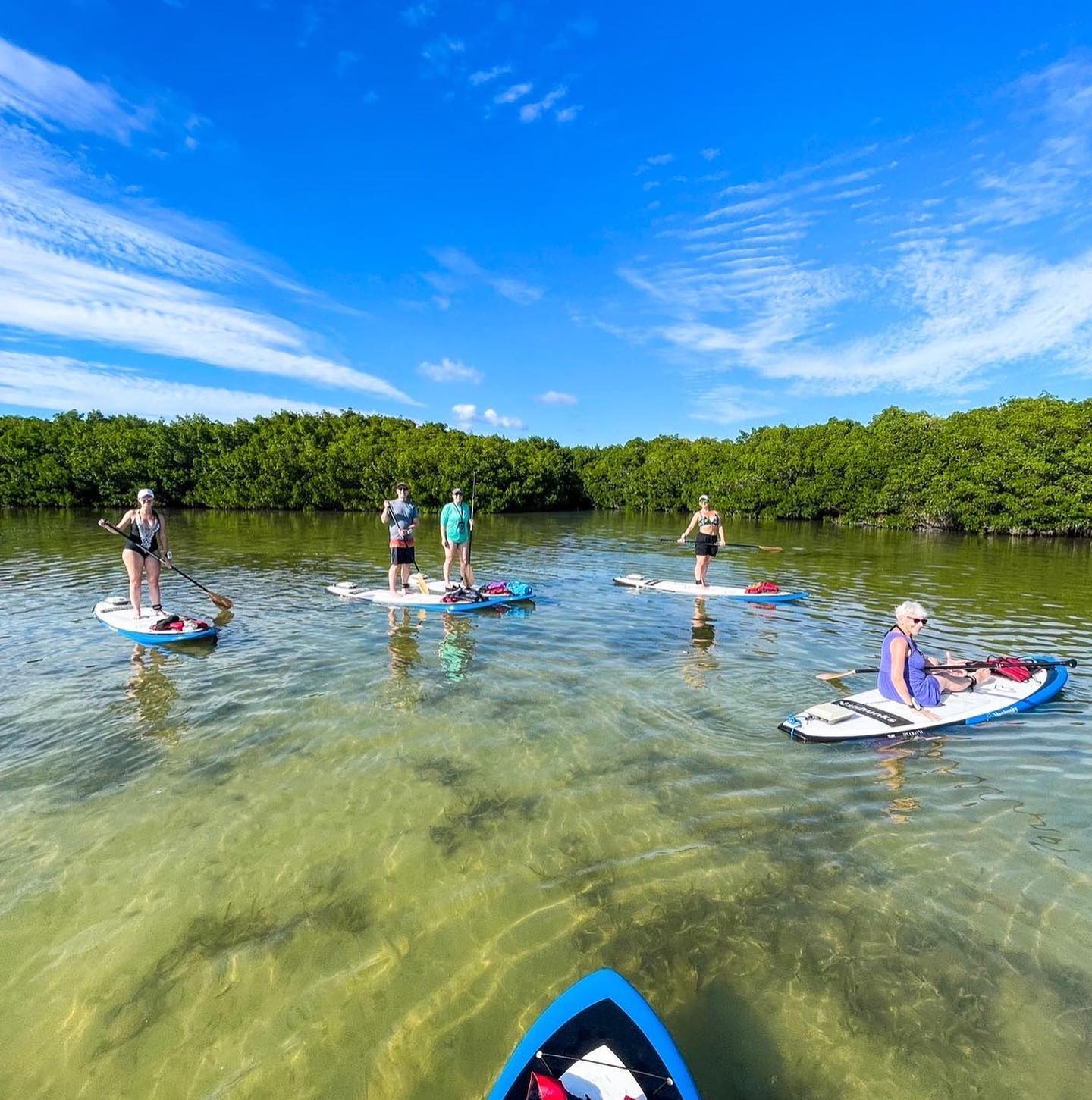Posted by Bixpy on Sep 24th 2024
Handling Tides And Wind With Confidence
When it comes to enjoying your time on the water, understanding how tides and wind affect your watercraft is crucial for a safe and enjoyable experience.
Whether you’re exploring serene coastlines or engaging in thrilling water sports, knowing how to prepare for changing conditions can make a significant difference. With that being said, let’s dive into the dynamics of tides and winds, and equip you with the tools and knowledge necessary for a confident adventure on your personal watercraft. Additionally, we’ll highlight the importance of having a reliable safety backup like the Bixpy K-1 outboard motor in case the unexpected happens.
Understanding Tides and Their Impact on Watercraft
Tides, driven by the gravitational pull of the moon and sun, result in periodic changes in water levels along coastlines, crucial for watercraft navigation. Each day typically includes two high and two low tides, varying by location. High tides offer deeper waters for easier navigation, while low tides can expose hazards like sandbars or rocks. Before venturing out, check local tide charts to understand when these changes occur. Navigating during low tide is particularly challenging, making pre-planning essential. Familiarize yourself with the local waterways and their tidal patterns to ensure sufficient water depth throughout your outing. Additionally, be aware that tides influence currents, which can affect your travel time and safety.

How Wind Conditions Influence Your Watercraft Experience
Wind is a critical factor to consider when operating your watercraft, as it can significantly impact your experience and safety. Wind speed and direction influence how smoothly your craft moves and how challenging it may be to navigate back to shore. A light breeze might be refreshing, but higher wind speeds can create waves that make handling a small watercraft more difficult.
Winds blowing against your craft can slow your progress, while winds at your back can push you forward faster than expected, sometimes leading to a loss of control. Before heading out, check the local weather forecast for wind conditions. Anticipate how these conditions might change throughout the day and adjust your plans accordingly. Familiarize yourself with how your specific watercraft responds to different wind conditions. Each type of craft has its own handling characteristics, and understanding these will help you better manage unexpected gusts or shifts in wind direction.

Essential Tools and Resources for Monitoring Tides and Wind
Consider downloading tide and weather apps on your smartphone. Many of these applications provide real-time data on tide schedules, wind speeds, and other relevant conditions for your location, which is invaluable for planning your outings. Physical tide charts also offer a visual representation of expected tide changes over time, aiding in trip planning. Check local boating websites or forums where enthusiasts share their experiences and insights about specific waterways, adding another layer of information to your preparation. Additionally, having a reliable GPS system can assist in navigation, helping you keep track of your location relative to tide levels and wind conditions; keep in mind if you are using apps on your phone that your phone might not always have a signal, so find something that can always keep you connected.
Practical Tips for Navigating Tides and Wind Safely
- Plan Your Route: Before heading out, carefully plan your route considering tidal changes and potential wind influences. Aim to return to shore during high tide if you’re navigating shallow waters.
- Start Early: The early bird gets the worm! Starting your outing early can help you avoid unpredictable afternoon winds, making for a calmer experience. It can also help in case you have an emergency and then you have more daylight to make it back home.
- Buddy System: Whenever possible, go out with a buddy. Having another person with you increases safety, and you can assist each other should anything go awry.
- Practice Maneuvering: Spend some time getting comfortable with your watercraft. Familiarize yourself with how it responds to wind and currents. Practice turning and stopping in controlled conditions.
- Be Ready to Adjust Plans: Sometimes conditions change unexpectedly. Be flexible and ready to adjust your plans if the tide or wind becomes unfavorable.
- Safety Gear: Always wear a life jacket and ensure your watercraft is equipped with necessary safety gear, such as a whistle, flares, and a first-aid kit.
- Check Your Equipment: Before you set out, make sure your watercraft and any related equipment are in good working order. This includes inspecting your paddles, sails, or any motorized components.
- Inform Someone of Your Plans: Let a friend or family member know your planned route and expected return time. This ensures that someone can alert authorities if you do not return as planned.

The Bixpy K-1 Outboard Motor Works Well as a Safety Backup
Even with meticulous preparation, unforeseen circumstances can arise, making a reliable safety backup essential. The Bixpy K-1 outboard motor is a compact, lightweight solution designed for personal watercraft, providing that crucial extra power when needed. Ideal for paddlers, kayakers, and small boat enthusiasts, the K-1 helps you navigate back to shore quickly if wind or tide conditions become unfavorable. Its ease of use, simple installation, and portability ensure that you'll always be ready for any challenges. By equipping your watercraft with the Bixpy K-1, you can confidently tackle unpredictable conditions, knowing that you have a dependable backup to ensure your safe return.
What are some of your ways to prepare for the wind and tide? Share it with us on Facebook!


